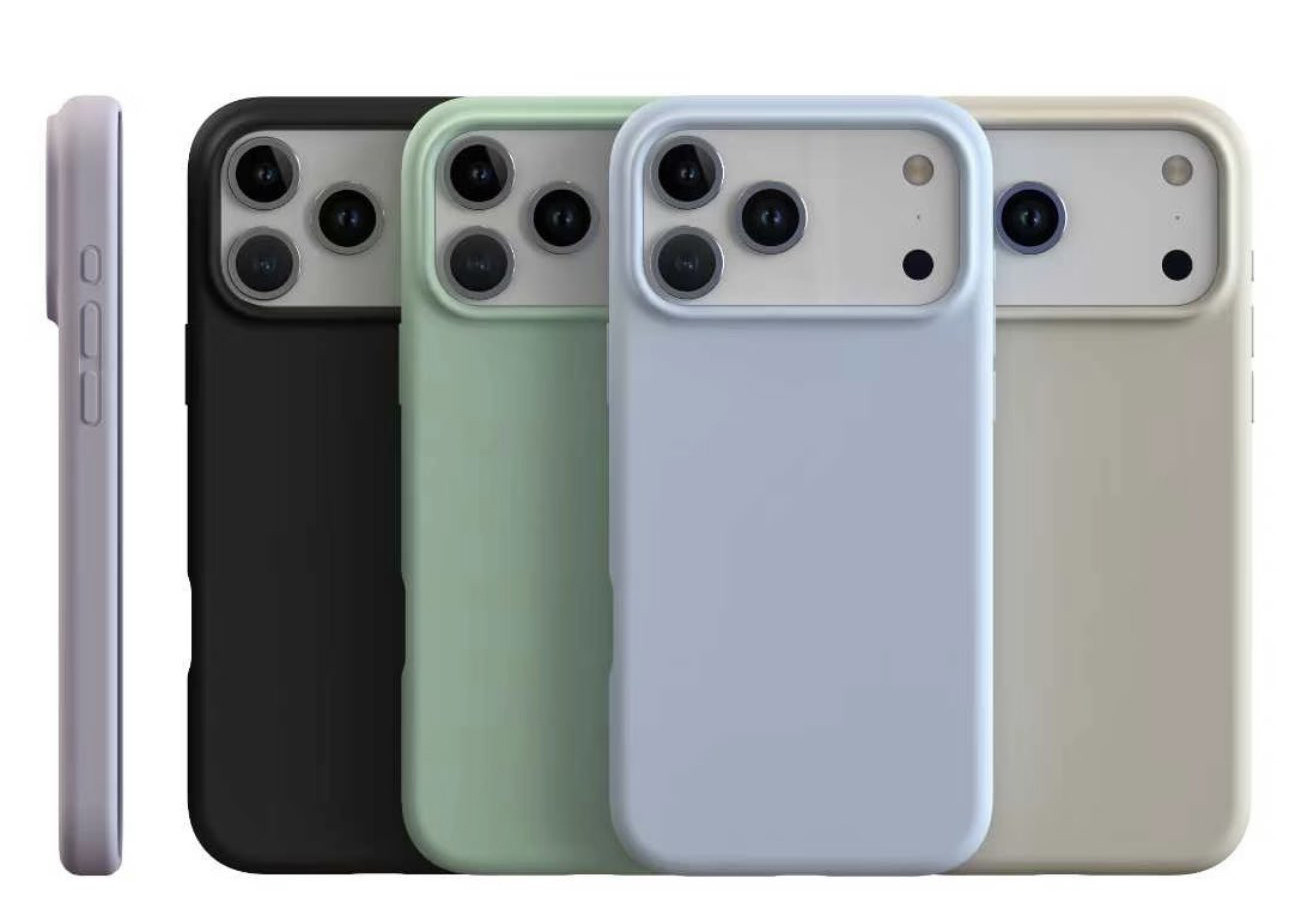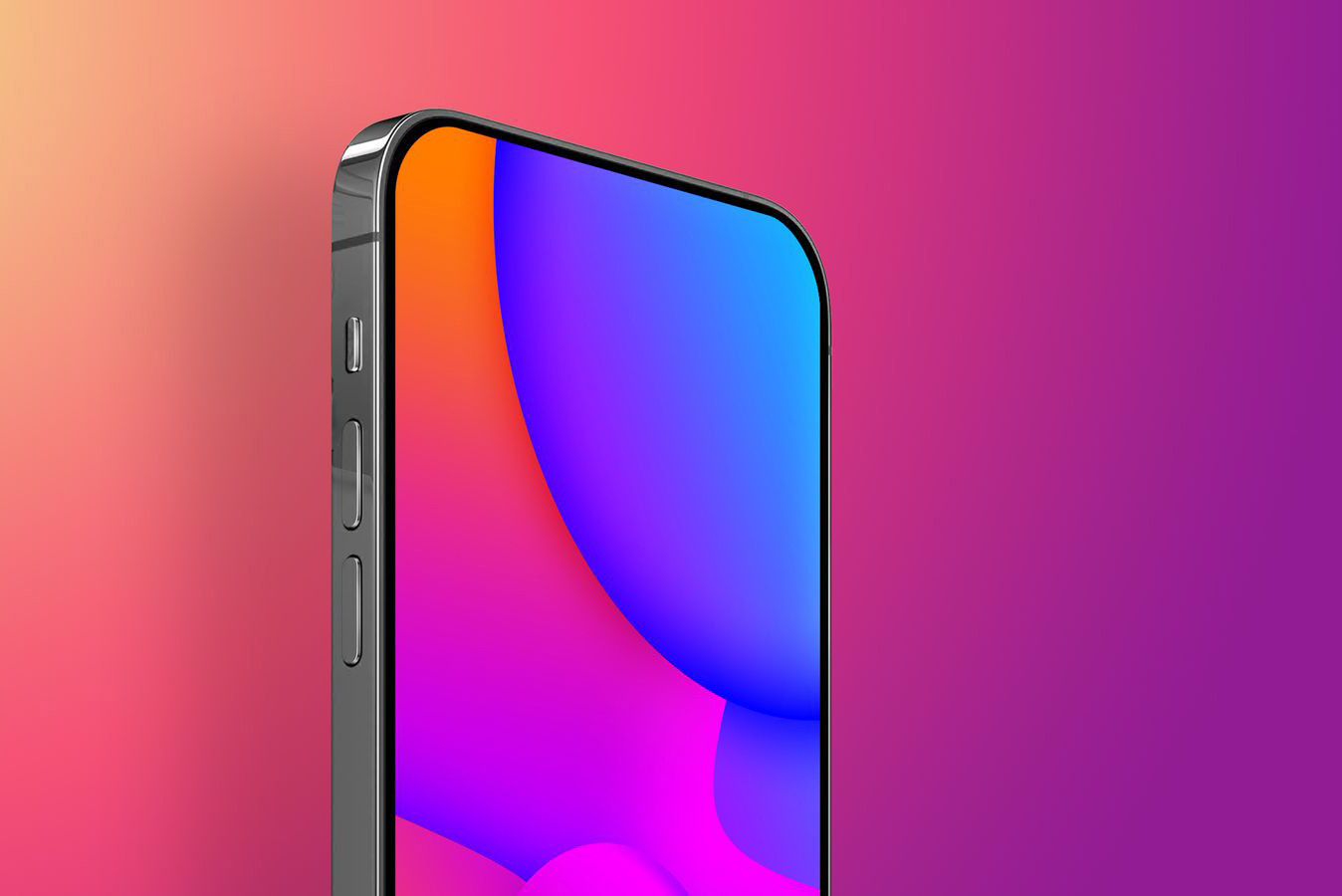
After years of reusing the same design, Apple is now making significant changes to the back of its next-generation flagships.
The iPhone 17 Pro and 17 Pro Max will retain the iconic triple-camera setup, but the lenses will now sit on a significantly larger camera bar.
This design, reportedly inspired by the Google Pixel 9 series and its predecessors, has drawn mixed reactions on online forums.
Leaked images of iPhone 17 Pro cases confirm Apple’s move toward a larger camera layout. However, recent renders show just how stunning the device looks when paired with vibrant cases.
Even users who typically avoid using phone cases might admit that these designs are visually striking.
That said, this new aesthetic won’t appeal to everyone, and Apple seems to understand this well. If the new camera design isn’t to your taste, the standard iPhone 17 is expected to retain the original look of the iPhone 16.
According to reports, the standard iPhone 17 will feature the same design as the iPhone 16, while a leaked render of the ultra-thin iPhone 17 Air suggests it will sport a larger, yet slimmer and more refined camera module for a sleeker appearance.
The iPhone 17 Air bears a close resemblance to Pixel phones and could easily be mistaken for one from a distance.


Currently, there’s no indication that Samsung or Google will adopt a similarly bold design change - though the Galaxy S26 launch is still far off.
Both brands have maintained their distinct design languages. Samsung, for instance, has moved away from sharp, squared-off edges and appears committed to this softer design direction.
In addition, Apple is reportedly planning a new Pro model and a foldable iPhone for release in 2027 - features that users are truly excited about.
According to Mark Gurman of Bloomberg, the 20th-anniversary iPhone Pro will be especially significant.
Display analyst Ross Young has reported that under-display Face ID is expected to debut in 2026. If accurate, this would mean the iPhone 18 Pro and 18 Pro Max, launching next year, could be the first to feature the technology.
In that scenario, the Dynamic Island would shrink but remain in place to house the selfie camera in a small hole. By 2027, Apple is expected to relocate the front-facing camera beneath the display, achieving a true full-screen design - something long rumored in tech circles.
Meanwhile, the foldable iPhone, which has been the subject of speculation for years, could arrive as early as next year. It’s rumored to feature an under-display front camera and no Face ID, replaced instead by Touch ID on the side button.
How will the iPhone 17 Pro differ from current models?
If Apple wants to celebrate the iPhone’s 20th anniversary with a hardware leap comparable to the iPhone X in 2017 - which ditched the Home button and introduced Face ID via a top-notch - then a true full-screen design would certainly mark a historic milestone.
Hopefully, any trade-related complications won’t make these innovations too costly for the average consumer.
But in the meantime, the iPhone 17 lineup - set to be unveiled this September - will include the standard iPhone 17, the iPhone 17 Pro, the iPhone 17 Pro Max, and the ultra-thin iPhone 17 Air.
Hai Phong